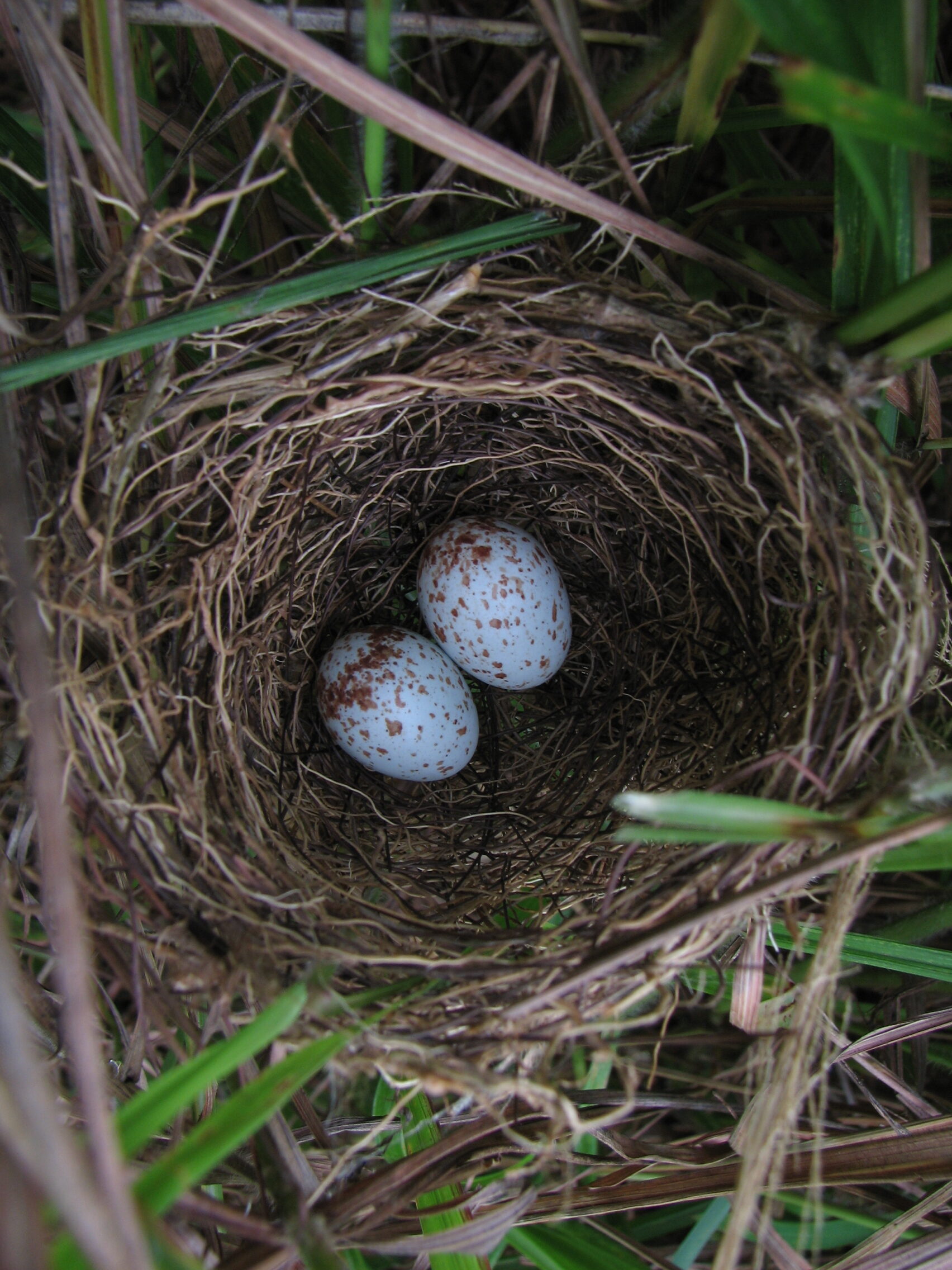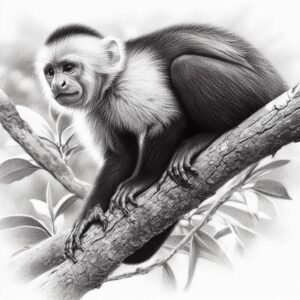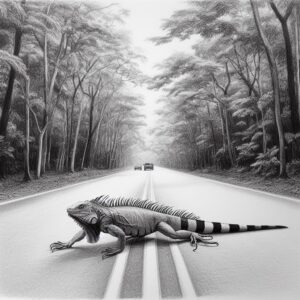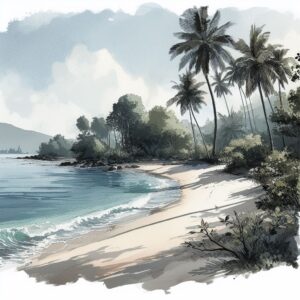Month's Subject: Real estate in the forest
Holes in tree
The best known builders in the forest are birds, termites and ants. All of them make more or less elaborate homes or nests in trees. Lesser known builders are squirrels and, at a smaller scale, many species of wasps and bees. Lower down, armadillos are the most common and most prolific burrowing animals, but other rodents, tarantulas and crabs also dig burrows.
Holes in trees are among the safest places to live and breed and competition for these holes is fierce. Natural holes are used by toucans, owls and some parrot species, while woodpeckers make their own nesting holes. Parrots often enlarge an existing hole to suit their needs. Competition for nesting holes is fierce. Woodpeckers are sometimes chased away from their newly completed nesting hole by toucans, parrots or tityras and will have to start anew.
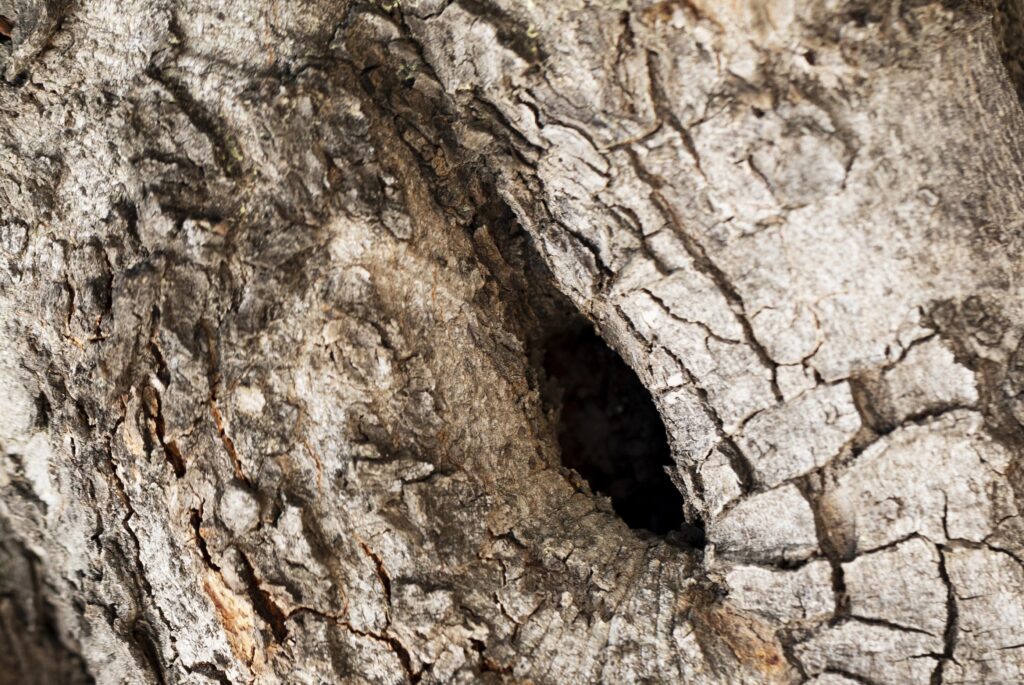
Nests
Another safe space to breed is in a nesting hole excavated in a termite nest. Smaller parrots and trogons often do this. The birds will dig out a nesting hole and the termites will basically close off the walls again and leave the nesting bird alone.
Ordinary twig nests are less sought after, but the aptly named piratic flycatcher is notorious for stealing nests build by other birds, mostly other flycatchers of similar size.This bird has a preference for hanging or domed nests and will only take over finished nests. Up to half of the nests built by other flycatchers can be taken over by piratic flycatchers.
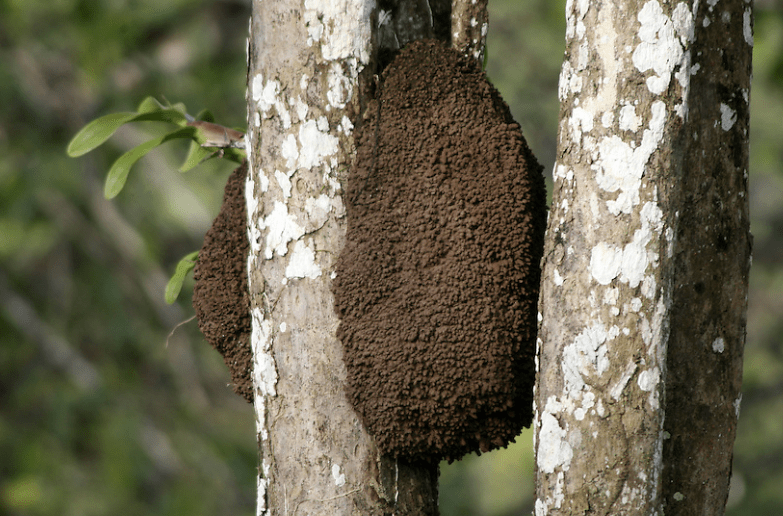
Location & neighborhood
Location is important. Some birds try and build their nest close to a wasps or bee nest. When a larger predator comes near, the wasps/bees become agitated and will chase away the predator from both their own and the nearby bird nest.
Some birds will use the nests of other birds, but tend to use old, abandoned nests.
Social wasps build nests from chewed wood. Most of these nests are located beneath a leaf and are completely covered, except for a small entrance, usually at the bottom of the nest. The entrance is always guarded by workers. An exception is the moonwasp, whose nest is completely open on the underside. During the day, the members of the colony are all sitting on the underside of the nest to guard. At night, colony members disperse to forage.
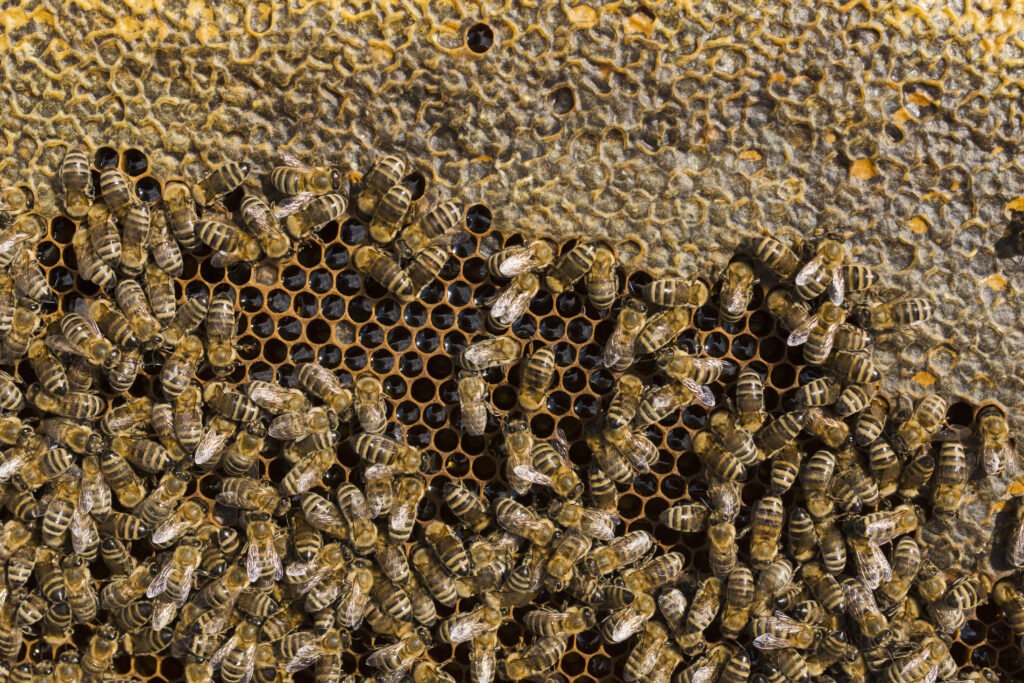
Prompt List
Illustrations of different types of bird nests: The hanging baskets of oropendolas (Psarocolius decumanus), the tree cavity of a woodpecker, (Campephilus melanoleucos) the birds-nest dug into a termite nest by the Slaty-tailed trogon,(Trogon massena) or the orange-chinned parakeet (Brotogeris jugularis), burrows in the soil by kingfishers (Chloroceryle americana) or lesson´s motmot (Momotus lessonii).
Bats use many types of homes. Proboscis bats (Rhynchonycteris naso) roosts on the underside of branches, Jamaican fruit bats (Artibeus jamaicensis) often roosts under palm leaves that they have adapted by biting through the rib to make the fronds hang down. Common tent-making bats (Uroderma bilobatum) and Honduran white bats (Ectophylla alba) also roost in tents they make out of modified leaves, mostly leaves from Banana and Heliconias. Spix´s disk-winged bat (Thyroptera tricolor), uses Heliconia and banana leaves in a different way. These bats spend the night in the young, rolled-up leaves. They can only use a leaf for a few days, as long as the inner diameter is between 5 and 10 cm. Once the leaf gets wider and starts to unfurl, the bats have to find a new leaf. Most other bats live in caves and cavities in tree trunks. Illustrations of these different homes would be welcome.
Many solitary wasps make small nests. A commonly encountered group is that of the mud daubers (Sceliphrini), with two common species in Panama: Sceliphron fistularium and Sceliphron assimile. Each cell in the nest contains paralyzed spiders that serve as food for the larva of the wasp, once it hatches from the egg deposited by the female.
Termites construct large and intricately built nests made of chewed wood. The outside walls are fairly thin, but closer to the centre, where the king and queen live, the walls get thicker and thicker. The king and queen live in a heavily guarded cell with thick walls. Around them are cells where the eggs are deposited and larva are taken care of
Leafcutter ants make huge underground nests. The leaves they cut are brought into the nest, cleaned and chewed and then inoculated with a fungus. The ants do not eat the leaves, but eat the fungus that grows on the leaves. The nest contains many cells, all with different functions and work is clearly divided between different types of workers. This could make an interesting illustration.

